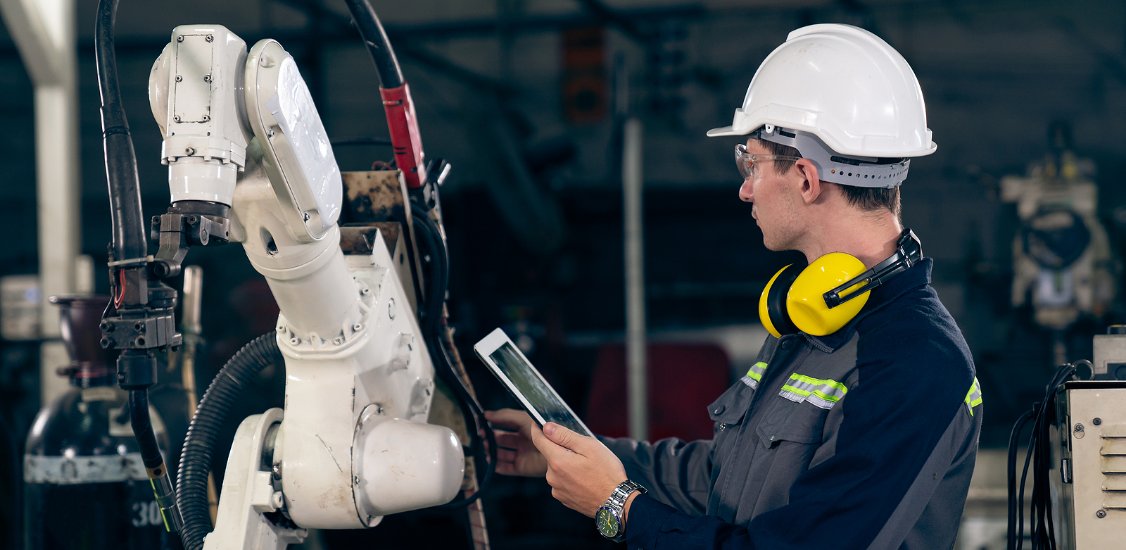In today’s fast-paced world, the integration of technology into our daily lives has become increasingly prevalent, particularly within our homes. This integration has led to the development of automated detection for home system issues, a technology that promises to revolutionize the way we manage and maintain our living spaces.
With smart home devices becoming more sophisticated, the ability to automatically detect and address potential problems is not just a luxury but a necessity. From detecting leaks to monitoring air quality, automated systems provide homeowners with peace of mind, ensuring a safe and efficient living environment.

What is Automated Detection in Home Systems?
Automated detection refers to the use of technology to identify and alert homeowners to potential issues within their home systems. This includes everything from predictive maintenance of appliances to monitoring structural integrity. These systems are designed to detect faults or irregularities before they become significant problems.
Benefits of Automated Detection
1. Enhanced Safety
One of the most significant benefits of automated detection is the enhanced safety it provides. By identifying issues early, these systems can prevent dangerous situations such as gas leaks or electrical fires.
2. Cost Savings
Early detection of issues can lead to substantial cost savings. Homeowners can address minor issues before they escalate into costly repairs, saving both time and money in the long run.
3. Energy Efficiency
Automated systems can also contribute to energy efficiency. By optimizing the performance of appliances and systems, homeowners can reduce their energy consumption and lower their utility bills.
How Automated Detection Works
Automated detection systems typically use a combination of sensors, software, and connectivity to monitor various aspects of a home. These systems can be integrated into existing smart home setups or installed as standalone solutions.
Sensors
Sensors are the backbone of any automated detection system. They gather data on various parameters such as temperature, humidity, and motion. This data is then analyzed to identify potential issues.
Software
The software component of automated detection systems is responsible for analyzing the data collected by sensors. It uses algorithms and machine learning techniques to identify patterns and anomalies.
Connectivity
Connectivity allows automated detection systems to communicate with homeowners and other devices. This can be done through mobile apps, email alerts, or integration with smart home hubs.
Applications of Automated Detection in Home Systems
1. Leak Detection
Automated leak detection systems can identify and alert homeowners to water leaks in plumbing, roofs, and basements, preventing costly water damage.
2. Air Quality Monitoring
These systems can also monitor indoor air quality, alerting homeowners to changes in pollution levels, humidity, and temperature that may affect health.
3. Appliance Maintenance
Automated detection can predict when appliances require maintenance, helping to extend their lifespan and improve efficiency.
Challenges and Considerations
1. Initial Costs
While the long-term savings are significant, the initial costs of implementing automated detection systems can be a barrier for some homeowners.
2. Privacy Concerns
As with any connected technology, privacy is a concern. Homeowners need to ensure that their data is protected and that systems are secure from hacking.
The Future of Automated Detection in Home Systems
As technology continues to advance, the capabilities of automated detection systems will only grow. Future developments may include more sophisticated sensors, improved algorithms, and greater integration with other smart home technologies.
For more information on how automated detection can enhance the efficiency of your home, you can visit a detailed article at predictive maintenance benefits.

FAQs
1. How does automated detection improve home safety?
Automated detection improves home safety by identifying potential issues such as gas leaks or electrical faults before they become dangerous, allowing homeowners to address problems proactively.
2. Can automated detection systems save money?
Yes, by identifying issues early, these systems can prevent costly repairs and reduce energy consumption, leading to significant cost savings.
3. Are there privacy concerns with automated detection?
While privacy is a concern, most systems use encryption and other security measures to protect homeowner data. It’s important to choose reputable providers and ensure systems are regularly updated.
For those interested in the latest advancements in predictive home maintenance, visit predictive control systems or explore more about automated maintenance alerts.
This article contains affiliate links. We may earn a commission at no extra cost to you.

